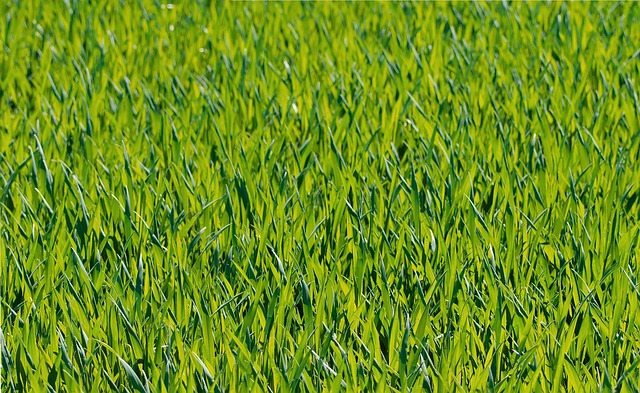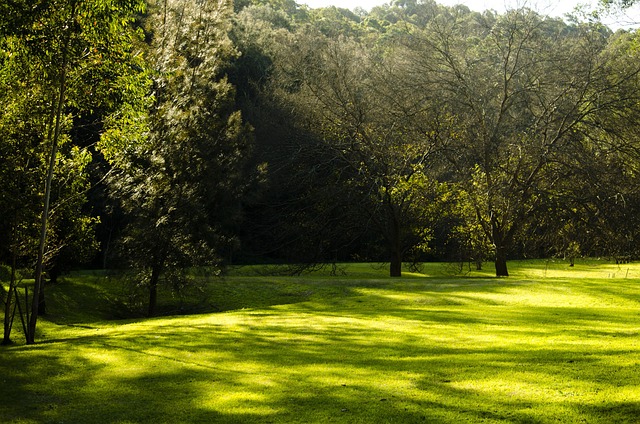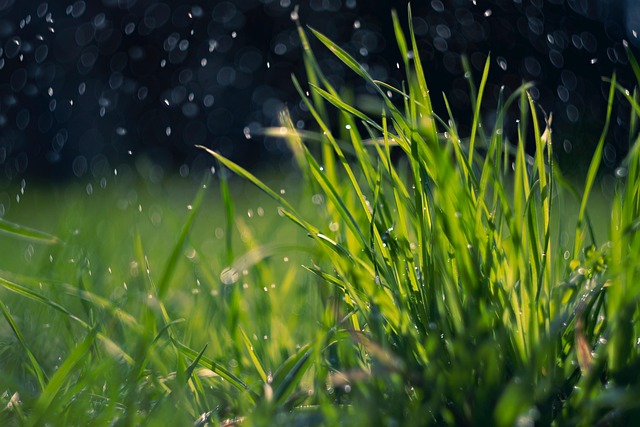Lawn plant diseases, often caused by fungi or imbalances, are common. Early identification of symptoms like circular spots or brown patches is crucial for management. Homeowners in the Centennial area should be aware of industrial weed control's impact on local ecosystems. Regular monitoring and appropriate action, from adjusting watering to professional assistance, are key. Experts in industrial weed control near Centennial use specialized techniques to manage unwanted plant growth along pipelines, preserving pipeline integrity while minimizing environmental impact. Proactive measures like herbicide-resistant barriers, regular monitoring, and eco-friendly methods are essential for long-term control, protecting both infrastructure and the environment.
Lawn plant disease diagnosis experts play a vital role in maintaining healthy green spaces, especially in industrial settings like those surrounding Centennial. Understanding common issues and symptoms is key to effective management. This article delves into identifying lawn diseases, highlighting the critical expertise required for industrial weed control along pipelines.
It explores specific challenges faced in this unique environment and offers practical strategies for prevention and infestation management, ensuring optimal pipeline surround health.
- Understanding Lawn Plant Diseases: Common Issues and Symptoms
- The Role of Experts in Industrial Weed Control Along Pipelines
- Effective Strategies for Preventing and Managing Pipeline Surround Infestations
Understanding Lawn Plant Diseases: Common Issues and Symptoms

Lawn plant diseases can be a common issue for many homeowners, affecting the overall health and appearance of their grass. Understanding these diseases is crucial for effective management and prevention. Some of the most prevalent lawn problems include fungus, bacteria, and viral infections, each presenting unique symptoms. For instance, fungal diseases like dollar spot and patchy brown patches often appear as circular or irregular spots on the lawn, caused by a lack of nutrients and moisture imbalance.
Identifying these issues early is key to successful treatment. Homeowners in the Centennial area should be aware that industrial weed control along pipelines can disrupt the ecosystem, potentially leading to increased disease pressure. Regular monitoring for unusual growth patterns, color changes, or texture alterations can help detect problems early. Recognizing specific symptoms will enable property owners to take appropriate action, whether it’s adjusting watering habits, applying fungicides, or seeking professional assistance for severe cases, such as those requiring specialized industrial weed control solutions near Centennial pipelines.
The Role of Experts in Industrial Weed Control Along Pipelines

In the realm of industrial weed control, experts play a pivotal role in managing and preventing unwanted plant growth along critical infrastructure like pipelines near Centennial. These professionals are equipped with specialized knowledge and skills to identify and diagnose various weed species that can pose significant risks to pipeline operations and maintenance. With accurate identification comes effective treatment strategies tailored to specific weeds, ensuring minimal environmental impact while preserving the integrity of the pipeline system.
The expertise in industrial weed control along pipelines involves a deep understanding of local flora, ecological interactions, and the unique challenges posed by Centennial’s environment. Experts employ advanced techniques, including plant pathology, herbicide applications, and mechanical removal, to eradicate or suppress noxious weeds. Their work not only enhances the aesthetics of the pipeline corridors but also safeguards against potential damage caused by invasive species, ensuring the longevity and safety of these vital transportation networks.
Effective Strategies for Preventing and Managing Pipeline Surround Infestations

Pipeline surroundings, often overlooked, can become breeding grounds for weeds and invasive species, leading to infestations that compromise the integrity of industrial infrastructure. To prevent such issues, a proactive approach is essential, starting with meticulous planning during construction. Implementing robust industrial weed control methods along pipelines near Centennial involves employing specialized equipment and targeted herbicides to establish a herbicide-resistant barrier around the pipeline. Regular monitoring and maintenance are crucial; scheduling periodic assessments ensures early detection of any weed or pest activity.
Effective management requires a multi-pronged strategy. This includes maintaining clear access areas, ensuring proper drainage to minimize moisture that encourages weeds, and using eco-friendly methods for control, such as manual weeding or selective herbicides. By combining these tactics, Centennial’s industrial sites can achieve long-lasting weed control, preserving the pipeline’s structural integrity and promoting a healthier environmental surrounding.
In addressing lawn plant diseases, especially in industrial settings like those surrounding pipelines near Centennial, expert intervention is invaluable. Understanding common issues and their symptoms is a crucial first step, but professional knowledge ensures targeted and effective solutions. For efficient industrial weed control, these experts employ advanced strategies to prevent and manage infestations, safeguarding both pipeline infrastructure and the local environment. By leveraging specialized techniques, they contribute to a sustainable and healthy landscape, making their role essential in maintaining Centennial’s green spaces and critical infrastructure.
